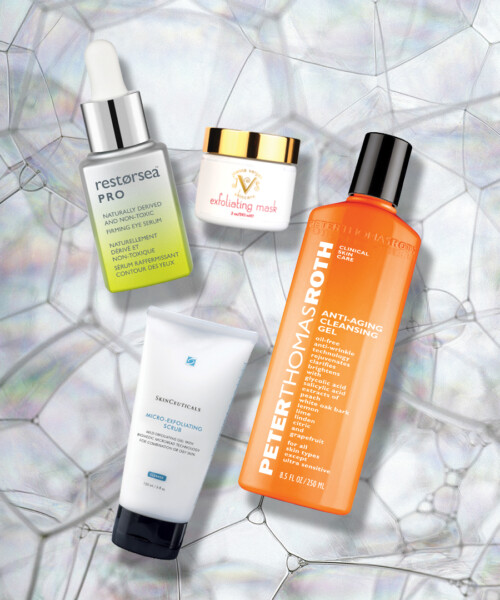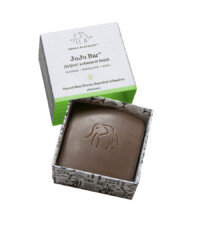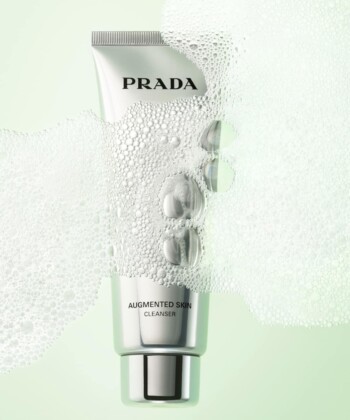People with truly sensitive skin face something of a beauty dilemma during inclement winter weather: they need to exfoliate their skin to get rid of dullness and patchiness and unclog their pores, but typical exfoliating ingredients can cause a few problems.
For one, microbeads, a typical ingredient in exfoliating personal care products, are a no-go. They’ve just been banned by President Obama’s newly passed Microbead-Free Waters Act of 2015—and for good reason. The synthetic beads are washed down the drain, pass unfiltered through the sewage treatment plants and make their way into rivers and canals, resulting in plastic particle water pollution.
The second major issue is that traditional exfoliating ingredients, like glycolic acid, work by burning through living and dead skin cells until they reach the dermis and cause further irritation. So while the dead skin is removed, the underlying layers are left red and inflamed. This is the exact reason why Restorsea CEO and founder Patti Pao has worked tirelessly to create a proprietary enzyme, Aquabeautine XL, filtered from the post-hatching water of baby salmon.
“Restorsea’s Aquabeautine XL is unique in that it only exfoliates dead skin cells and leaves the living skin cells untouched,” Pao says of the key ingredient in her new Restorsea PRO line, which boasts 10 times the enzyme concentration. “The salmon egg enzyme gently dissolves dead skin cells on the surface of the skin to improve skin tone,” says Pao. “Unlike other exfoliators, the enzyme only eats through dead skin cells—it stops working once it encounters living tissue.”
And that’s not the only beauty innovation that’s made exfoliation a high-tech (or high-salmon, as the case may be) process in recent years. Click through the gallery above to browse DuJour’s top eight product picks.








































